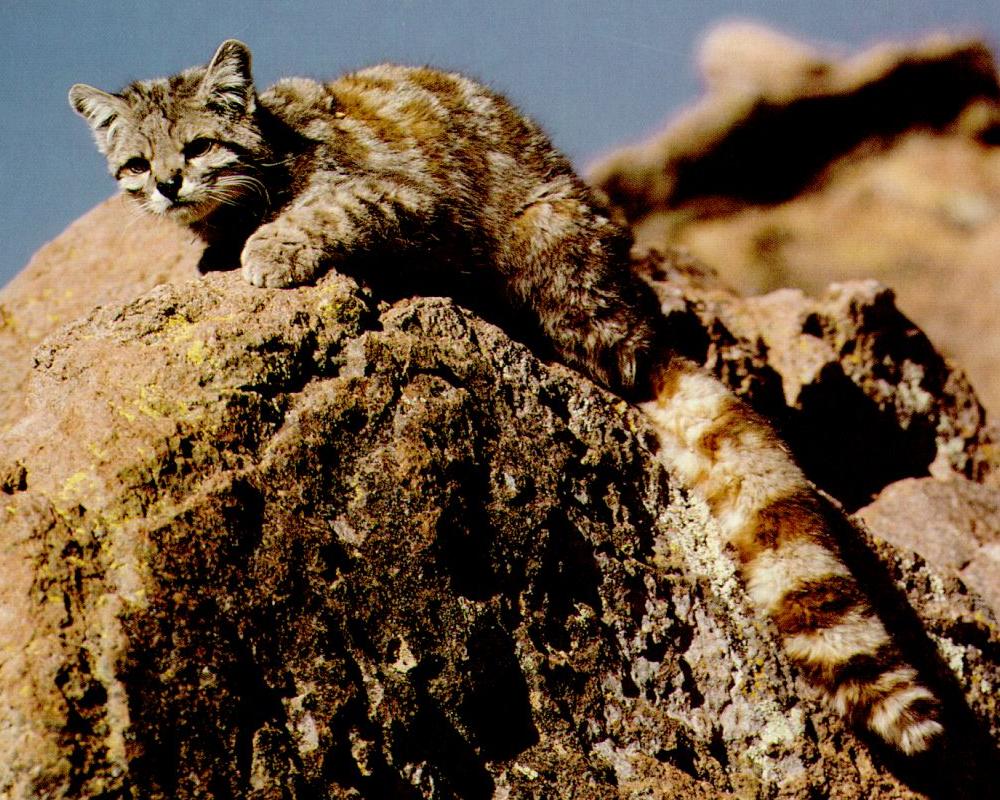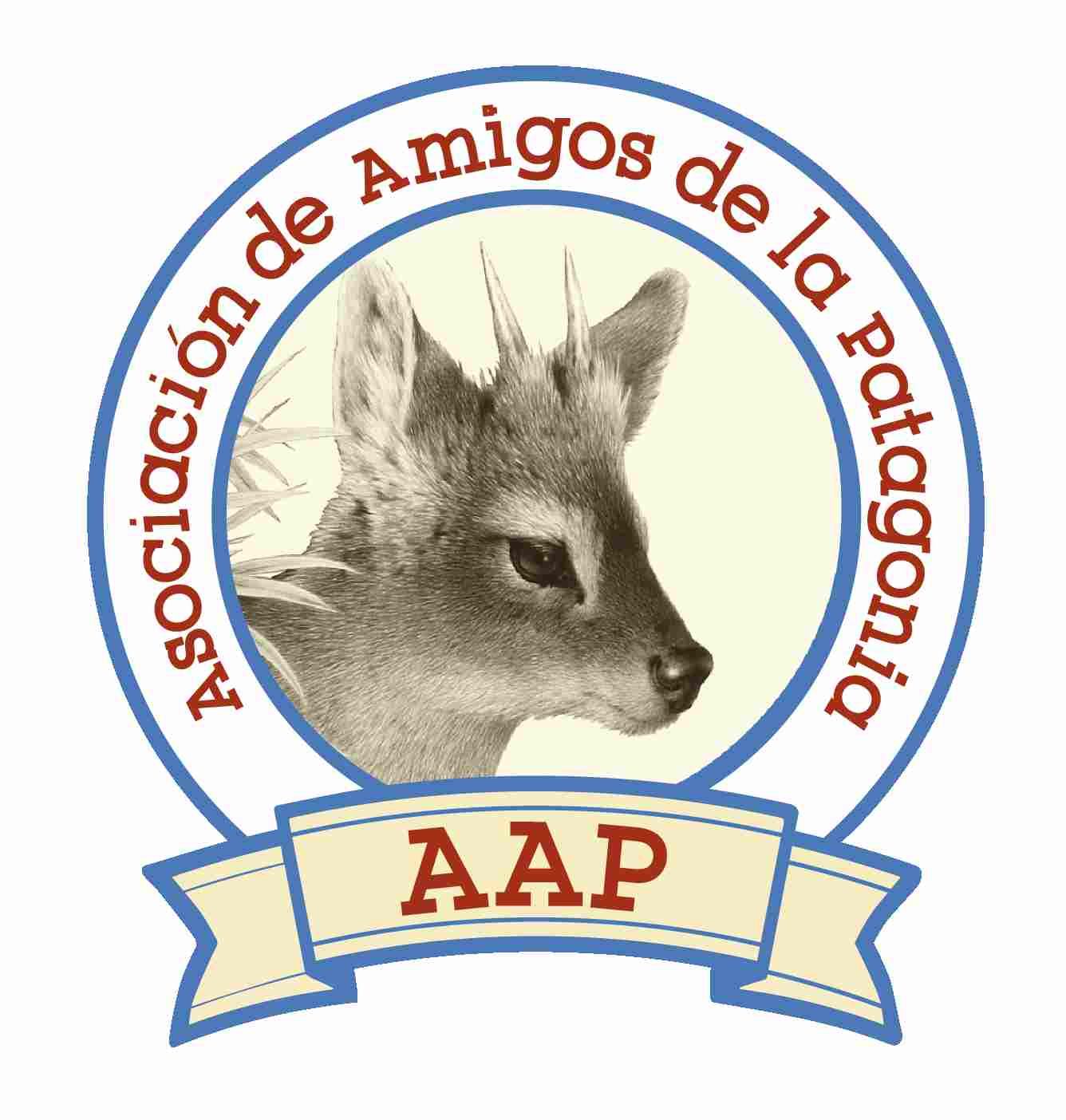
The Andean cat (Leopardus jacobita) is one of the rarest and most elusive wild cats in the world. Revered by Indigenous communities and almost mythical in its elusiveness, this small feline lives in the remote high-altitude regions of the Andes, including parts of northwestern Argentina.
Known as the “ghost of the Andes,” it is extremely difficult to spot in the wild, even by experienced researchers. Its endangered status and specialized habitat make it one of South America’s most precious wildlife treasures.
Where to Find It
The Andean cat inhabits elevations between 3,000 and 5,000 meters above sea level, in arid and rocky terrain. In Argentina, it is most likely to be found in:
- Jujuy and Salta Provinces
- Catamarca and La Rioja
- Areas near Laguna Brava, the Puna de Atacama, and other high desert plateaus
These cats favor rocky slopes, dry ravines, and boulder-strewn landscapes, where they can remain hidden and hunt with stealth.
Physical Characteristics
The Andean cat has a soft, thick coat and a long, bushy tail that helps with balance in rugged terrain:
- Size: About 60 cm (24 inches) body length, with a tail nearly as long
- Weight: Around 4–5 kg (9–11 lbs)
- Fur: Pale gray with dark spots and stripes, adapted for camouflage among rocks and scree
- Tail: Long and ringed, used for balance and communication
Its appearance is often confused with the more common Pampas cat, but the Andean cat has a more defined facial pattern and a bushier tail.
Behavior and Diet
Solitary and nocturnal, the Andean cat is a stealthy predator, moving quietly across rocks and cliffs.
Its diet includes:
- Mountain viscachas (its primary prey)
- Small rodents, birds, and reptiles
They rely heavily on viscacha colonies, making their distribution closely tied to the presence of this prey. Because of this specialized diet, Andean cats are very sensitive to ecosystem changes.
Cultural Significance
Among the Andean Indigenous communities, the cat holds sacred status and is associated with the spirit world. Seeing an Andean cat is considered a rare and powerful omen.
This cultural importance has helped conservationists partner with communities in ways that respect traditions while also protecting the species.
Conservation Status
The Andean cat is classified as Endangered by the IUCN, with estimates suggesting that fewer than 1,400 individuals remain in the wild. Threats include:
- Habitat degradation from mining and livestock grazing
- Poaching and accidental killing
- Decline in prey availability
It is protected in several national parks and reserves in Argentina, and local and international NGOs are working to protect its habitat and educate nearby communities.
One of the most important initiatives is the Andean Cat Alliance, which collaborates with locals to promote community-based conservation.
Wildlife tours in Argentina and Chile
The Andean cat is not just a biological rarity—it is a symbol of wildness, resilience, and the mysterious beauty of Argentina’s high Andean deserts. While the odds of seeing one in the wild are extremely slim, its presence makes the Puna region all the more magical. Supporting responsible tourism and local conservation is one way travelers can contribute to the protection of this truly extraordinary creature.
We’re a local tour operator based in Buenos Aires, which offers custom tours in Patagonia and other regions of Argentina and Chile. We invite you to contact us, and start planning your next incredible journey to South America!
Get inspired by some of our travel ideas, listed below:
Puma Tracking Tour and Orca Watching
Mision Province & Ibera Wetlands
Orca Whale Watching in Patagonia Argentina
Iguazu Falls, Peninsula Valdes and the Wetlands
Where to see Penguins in Patagonia
Peninsula Valdes: Wildlife Tour
0












